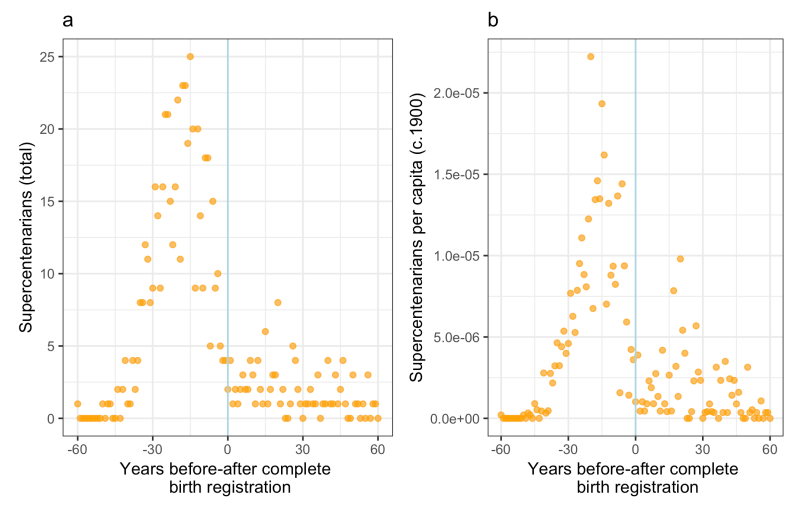My Mother Saw A Dancing Bear
My mother saw a dancing bear
By the schoolyard, a day in June.
The keeper stood with chain and bar
And whistle-pipe, and played a tune.
And bruin lifted up its head
And lifted up its dusty feet,
And all the children laughed to see
It caper in the summer heat.
They watched as for the Queen it died
They watched it march. They watched it halt.
They heard the keeper as he cried,
‘Now, roly-poly!’ ‘Somersault!’
And then, my mother said, there came
The keeper with a begging-cup,
The bear with burning coat of fur,
Shaming the laughter to a stop.
They paid a penny for the dance,
But what they saw was not the show;
Only, in bruin’s aching eyes,
Far-distant forests, and the snow.
Charles Causley
The Real Secret of Blue Zones
Netflix has a new documentary on Blue Zones, regions in the world such as Okinawa Prefecture, Japan; Nuoro Province, Sardinia, Italy; the Nicoya Peninsula, Costa Rica; Icaria, Greece; and Loma Linda, California, where people appear to live “extraordinarily long and vibrant lives.” What are the secrets of such blue zones and how can you live to be 100?
These blue zones first started to be discussed in the 2000s which means that people aged 100 or older were born sometime around 1900. What do we know about that period of history? It was before vital records were uniformly established. And what happens when state-wide certification goes into effect? Saul Justin Newman shows that the number of supercentarians [100+] drops sharply a hundred or so years later!
…the introduction of state-wide birth certification coincides with a sharp reduction in the number of supercentenarians born in each state. In total, 82% of the GRG supercentenarian records from the USA predate state-wide birth certification. Forty-two states achieved complete birth certificate coverage during the survey period. When these states transition to state-wide birth registration, the number of supercentenarians falls by 80% per year overall and 69% per capita when adjusted relative to c.1900 state population sizes.

The author goes on to show that in many countries the number of of extremely old people is positivelycorrelated with poverty, shorter average life spans and illiteracy. All factors which are difficult to explain if we think these factors are causally related to health but which make sense if we think that the explanation is unreliable birth and death records. Supercentenarian birthdates also exhibit patterns such as age-heaping that are “strongly indicative of manufactured birth data.”
In addition, cross-country comparisons don’t make much sense if we focus on health:
In 1900 the UK had eight million more inhabitants than Italy, a 1.22-fold larger population. Citizens of the UK also enjoyed 2.5 times the GDP per capita, earned 3.5 times higher wages in real terms, had 1.25 times lower income inequality, received 2.2 times the average education (with just 5.3 years of schooling), were four times less likely to be murdered, were 3.8cm taller, and lived 5.3 years longer on average than people in Italy. Given these indicators and the long history of birth records in both countries, it is difficult to reconcile why the healthier, wealthier, better-educated, taller, and longer-lived population of the UK produced roughly a quarter as many SSCs per capita. One explanation is that remarkable age records result, not from better health or greater longevity, but from the historical accumulation of illiteracy-driven errors and the modern dynamics of poverty-driven fraud.
Thus, in Blue Zones, people aren’t necessarily living longer lives; they’re just experiencing a ‘senior moment’ with their date of birth.
Hat tip: The always skeptical, Paul Kedrosky.